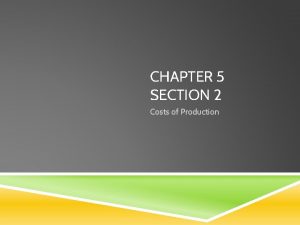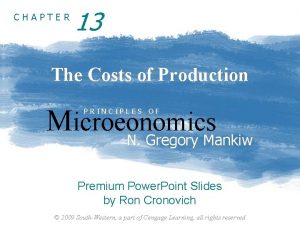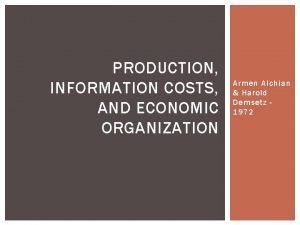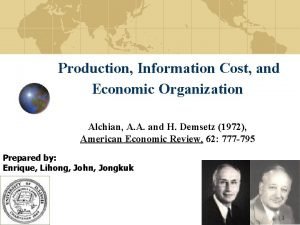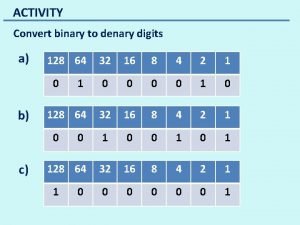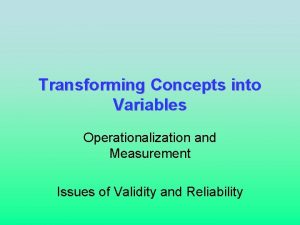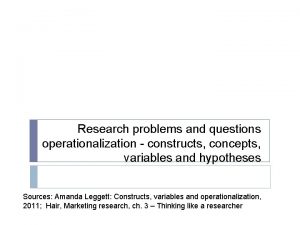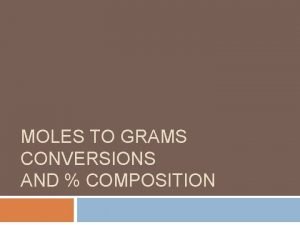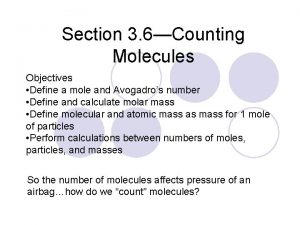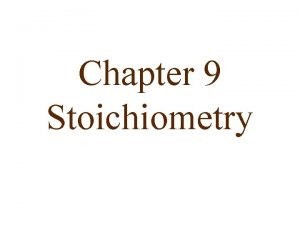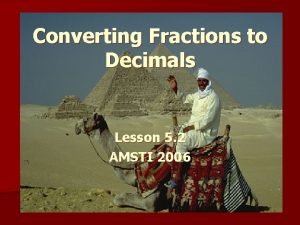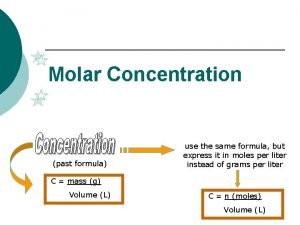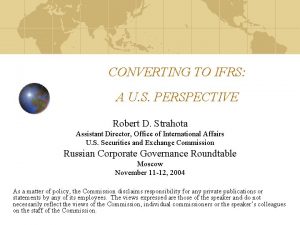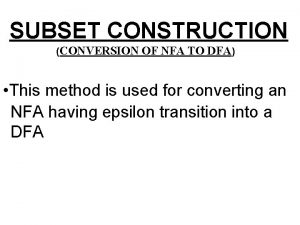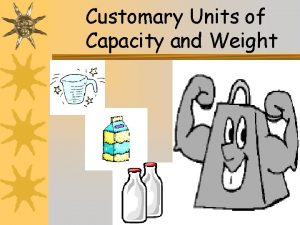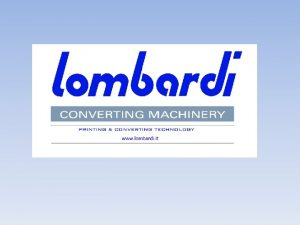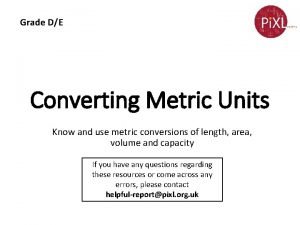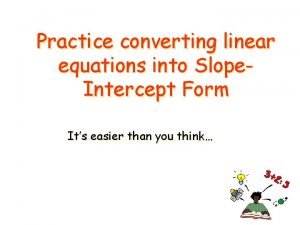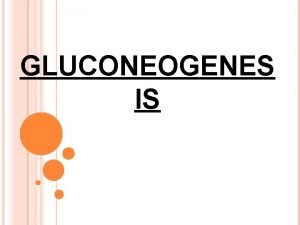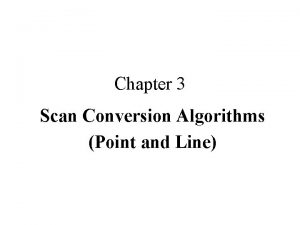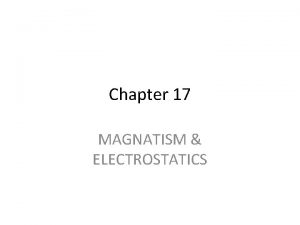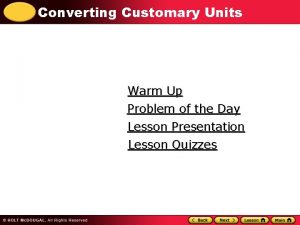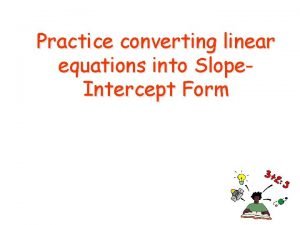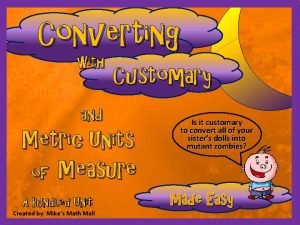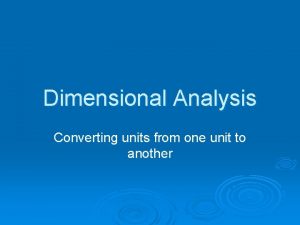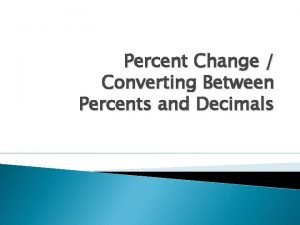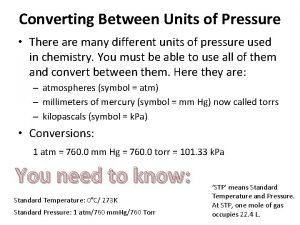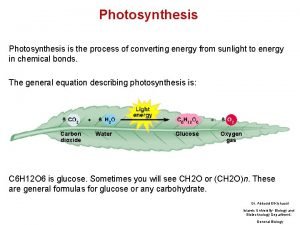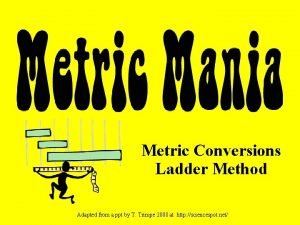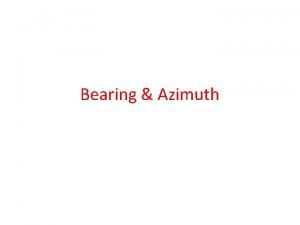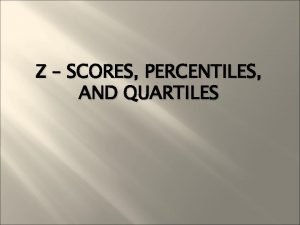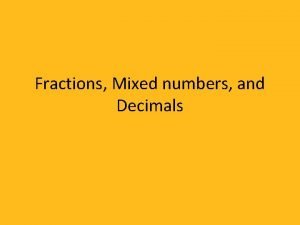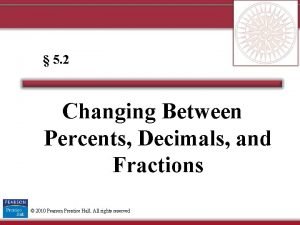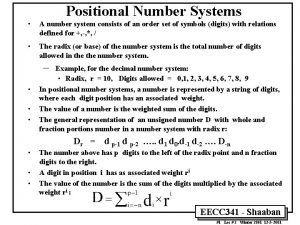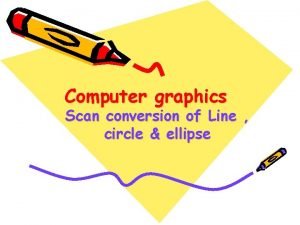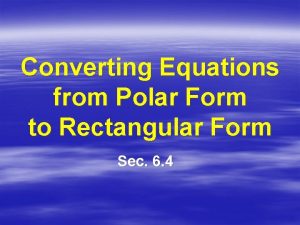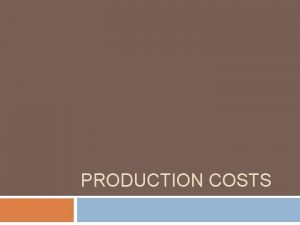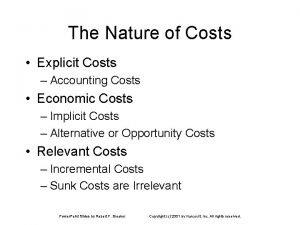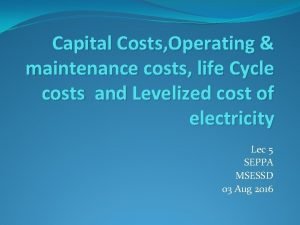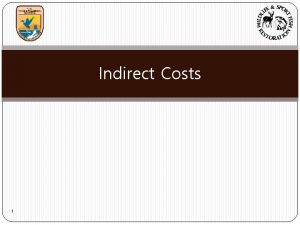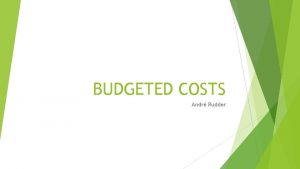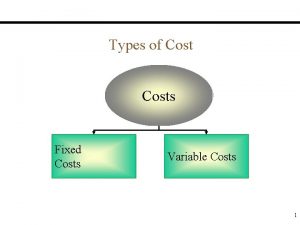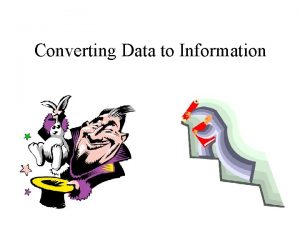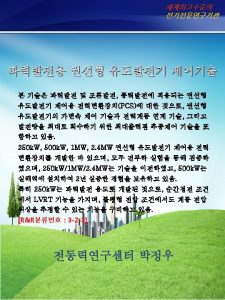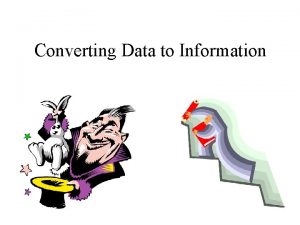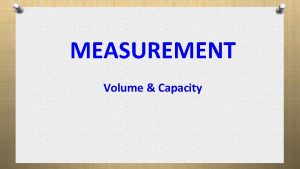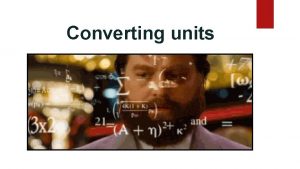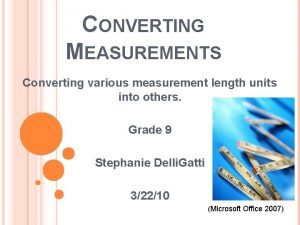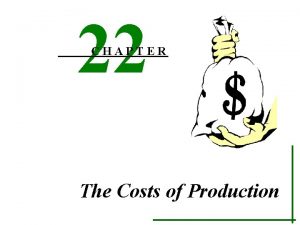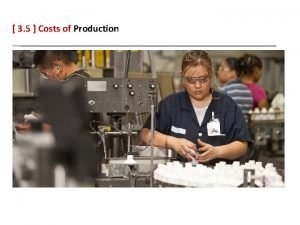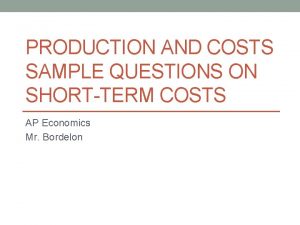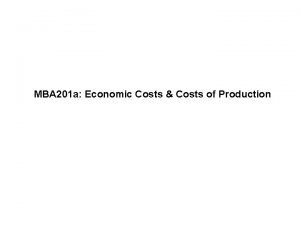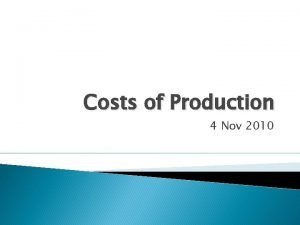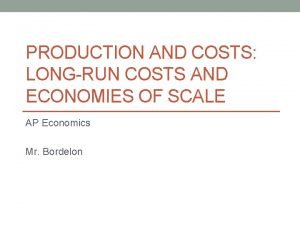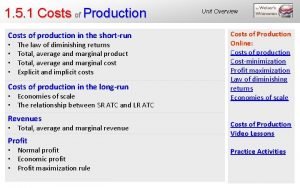COSTS OF PRODUCTION What is Production Production converting












































- Slides: 44

COSTS OF PRODUCTION

What is Production • Production = converting inputs into output

Inputs and Outputs • To earn profit, firms must make products (output) • Inputs are the resources used to make outputs • Input resources are also called FACTORS • Total Physical Product (TP) = total output or quantity produced • Marginal Product (MP) – the additional output generated by additional inputs (workers) • Marginal Product = Change in Total Product Change in Inputs • Average Product (AP) – the output per unit of input • Average Product = Total Product Units of Labor

Production Analysis • What happens to the Total Product as you hire more workers? • What happens to Marginal Product as you hire more workers? • Why does this happen? • The Law of Diminishing Marginal Returns • As variable resources (workers) are added to fixed resources (machinery, tools, etc. ) the additional output produced from each new worker will eventually fall. • Too many cooks in the kitchen

GRAPHING PRODUCTION

Three Stages of Returns • Stage I: Increasing Marginal Returns • MP is rising. TP is increasing at an increasing rate because of specialization

• Stage II: Decreasing Marginal Returns • MP is falling, TP is increasing at a decreasing rate because resources are fixed. Each work adds less and less.

• Stage III: Negative Marginal Returns • MP is negative, TP is decreasing because workers get in each others’ way.

Practice • Calculate MP and AP



Identify the three stages of returns


Examples 1. Learning curve when studying for an exam • Fixed Resources: amount of class time, textbook • Variable Resources – study time at home • Marginal Return • 1 st hour – large returns • 2 nd hour – less returns • 3 rd hour – small returns • 4 th hour – negative returns (tired and confused) 2. A farmer has fixed resources of 8 acres of planted corn. If he doesn’t clear weeds he will get 30 bushels. If he clears weeds once he will get 50 bushels. Twice – 57, three times – 60. Additional returns diminish each time.

COSTS OF PRODUCTION

Accountants v. Economists • Accountants look at only EXPLICIT COSTS • Payments paid by firms for using the resources of others • Ex: rent, wages, materials, electricity bills • Accounting Profit = TR – Accounting Costs • Economists examine both the EXPLICIT and IMPLICIT costs • The opportunity costs that firms “pay” for using their own resources • EX: Forgone Wage, Forgone Rent, Time • Economic Profit = Total Revenue – Economic Costs

SHORT-RUN PRODUCTION COSTS

Definition of the “Short-Run” • Short-run is NOT a set specific amount of time • The short-run is a period in which at least one resource is fixed • Plant capacity/size is NOT changeable • In the long-run all resources are variable • No fixed resources • Plant size/capacity is changeable

Different Economic Costs Total Costs • FC = Total Fixed Costs • VC = Total Variable Costs • TC = Total Costs Per Unit Costs • AFC = Average Fixed Costs • AVC = Average Variable Costs • ATC = Average Total Costs • MC = Marginal Cost

Definitions • Fixed Costs • Costs for the fixed resources that DON’T change with the amount produced • EX: Rent, Insurance, Managers Salaries • AFC = Fixed Costs Quantity • Variable Costs • Costs for variable resources that DO change as more or less is produced • EX: Raw Materials, Labor, Electricity • AVC = Variable Costs Quantity

• Total Cost • Sum of fixed and variable costs • ATC = Total Costs Quantity • Marginal Cost • Additional cost of an additional output. • Ex: If the production of two more output increases total cost from $100 to $120, the MC is _______. • Marginal Cost = Change in Total Costs Change in Quantity

Calculating TC, VC, FC, ATC, AFC, and MC



Total Costs Graphically


Per Unit Costs






Per-Unit Costs (Average and Marginal)


35 Per-Unit Costs (Average and Marginal) At output Q, what area represents: TC 0 CDQ VC 0 BEQ FC 0 AFQ or BCDE

Why is the MC curve U-shaped?

Relationship between Production and Cost

Why is the MC curve U-shaped • The MC curve falls and then rises because of diminishing marginal returns • Example: • Assume the fixed cost is $20 and the ONLY variable cost is the cost for each worker ($10)

Why is the MC curve U-shaped • The MC curve falls and then rises because of diminishing marginal returns • Example: • Assume the fixed cost is $20 and the ONLY variable cost is the cost for each worker ($10)

Why is the MC curve U-shaped • The MC curve falls and then rises because of diminishing marginal returns • Example: • Assume the fixed cost is $20 and the ONLY variable cost is the cost for each worker ($10)

Why is the MC curve U-shaped • The MC curve falls and then rises because of diminishing marginal returns • Example: • Assume the fixed cost is $20 and the ONLY variable cost is the cost for each worker ($10)

Why is the MC curve U-shaped? • The additional cost of the first 13 units produced falls because workers have increasing marginal returns • As production continues, each worker adds less and less to production so the marginal cost for each unit increases.

Relationship Between Production and Cost • Why is the ATC curve U-shaped? • When the marginal cost is below the average down. • When the marginal cost is above the average, it pulls the average up • The MC curve intersects the ATC curve at it’s lowest point • Ex: • The average income in the room is $50, 000 • AN additional (marginal) person enters the room: Bill Gates • If the marginal is greater than the average, it pulls it up. • Notice that MC can increase but still pull down the average.

 Alur proses produksi
Alur proses produksi Chapter 5 section 2 costs of production
Chapter 5 section 2 costs of production Tc=fc+vc example
Tc=fc+vc example Types of cost savings
Types of cost savings Production, information costs, and economic organization
Production, information costs, and economic organization Production information costs and economic organization
Production information costs and economic organization 128+64+32+16+8+4+2+1
128+64+32+16+8+4+2+1 Operationalized variables
Operationalized variables Molecule to mole formula
Molecule to mole formula It is a disease that prevents the body from converting
It is a disease that prevents the body from converting Concepts constructs and variables
Concepts constructs and variables Moles to grams conversion
Moles to grams conversion Moles to molecules
Moles to molecules Stoichiometry grams to moles
Stoichiometry grams to moles Converting fractions to decimals lesson
Converting fractions to decimals lesson Convert peak to rms
Convert peak to rms Concentration moles equation
Concentration moles equation Converting to ifrs
Converting to ifrs Subset construction algorithm nfa to dfa
Subset construction algorithm nfa to dfa Customary units of weight
Customary units of weight Lombardi converting
Lombardi converting Converting units of length
Converting units of length Prius plug in conversion
Prius plug in conversion Slope intercept form simplifier
Slope intercept form simplifier What are the substrates for gluconeogenesis
What are the substrates for gluconeogenesis Scan conversion of ellipse
Scan conversion of ellipse Scan conversion algorithm
Scan conversion algorithm Electric bell parts
Electric bell parts Converting repeating decimal to fraction
Converting repeating decimal to fraction Converting customary units of length
Converting customary units of length Standard form to slope intercept form practice
Standard form to slope intercept form practice Conversion ladder
Conversion ladder Dimensional analysis converting one unit to another
Dimensional analysis converting one unit to another Polar coordinates examples
Polar coordinates examples Converting between percents decimals and fractions
Converting between percents decimals and fractions Converting between units of pressure
Converting between units of pressure Photosynthesis is the process of converting
Photosynthesis is the process of converting 160 cm to mm
160 cm to mm Convert azimuth to bearing
Convert azimuth to bearing P25 z score
P25 z score Decimal into mixed number
Decimal into mixed number Converting between percents decimals and fractions
Converting between percents decimals and fractions What is a positional number system
What is a positional number system Scan conversion in computer graphics
Scan conversion in computer graphics Polar to rectangular form
Polar to rectangular form

